Why you can trust TechRadar
The SL is capable of resolving the level of detail that we expect from a high quality 24Mp sensor. In an effort to produce more natural, detail-rich images, Leica typically allows a bit more noise to be seen than other manufacturers, however from ISO 400 to 12,500, the SL's signal to noise ratio is a little better than that of the Sony Alpha 7 II. Raw file dynamic range also compares favourably at most sensitivity settings.
It's also clear from the SL's high sensitivity images that it doesn't apply a heavy noise reduction treatment. Although there's not masses of chroma noise, there's quite a bit of luminance noise visible in high sensitivity JPEGs at 100%. The simultaneously captured raw files (conveniently they're in DNG format) look a little crisper, but the JPEGs don't have the heavy smoothing that we sometimes see.
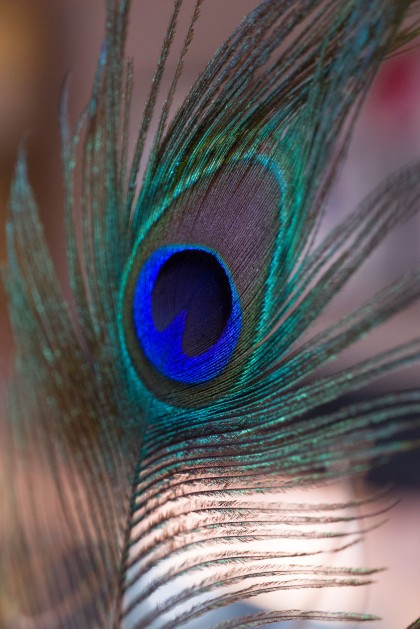
• The AF system struggled a little with this scene and focused a little further forward than I would like. Nevertheless the detail level is good in the sharp areas. Click here for a full size version.
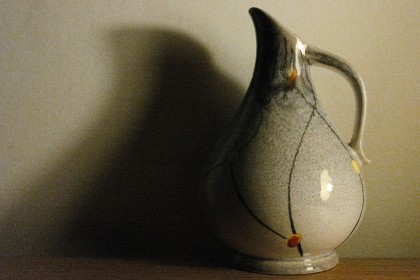
• There's banding visible in the background of this ISO 50,000 image. Click here for a full size version.
One issue to be aware of is that some raw files shot at ISO 50,000 and ISO 40,000 exhibit a hint of banding in some darker areas. It's not a major issue, but the banding becomes more visible if images are brightened post capture, so it's something that you need to be aware of. In some cases the banding is visible in the viewfinder at the time of shooting.
The SL's Multi-zone metering system is reliable and the exposure compensation facility isn't required more often than I would expect. In addition, exposure is previewed in the viewfinder when the shutter release is half-pressed.
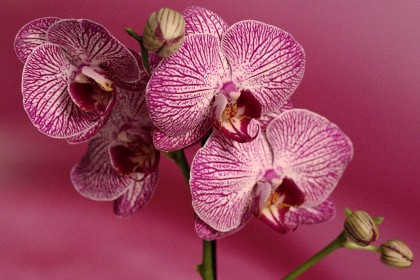
• Noise is controlled well in this ISO 25,600 shot. Click here for a full size version.
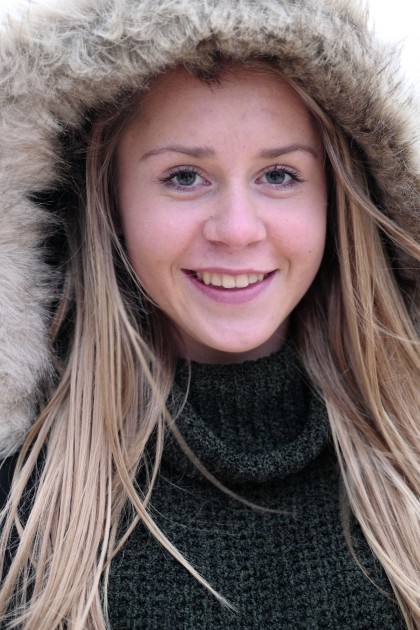
• Click here for a larger version.
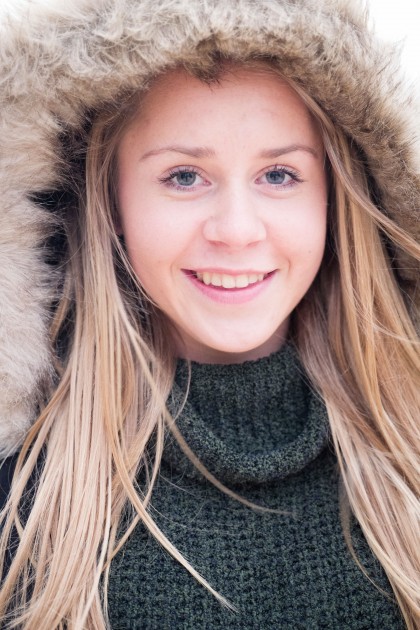
• While the auto white balance system has replicated the colours of the late afternoon overcast light well (top), the image looks better for a bit of brightening and warming (above). Click here for a larger version.
In the default settings, JPEG files have a pleasant level of contrast and saturation with colours being handled nicely, with subtle gradations in most natural lighting conditions when the auto white balance option is used.
Firmware version 1.2 has improved the results of using Gamma L-Log mode, so that although the video footage is flat, the scene is recognisable and it's possible to focus. Version 1.0 was made far too light and was impossible to grade properly. When Gamma L-Log isn't applied the camera produces very attractive footage with good tonal range, pleasant colours and good contrast.
Leica makes bold claims about the speed of the SL's autofocus (AF) system and while it is fast in good light, it's not up to the speed of an SLR like the Nikon D4S or Canon EOS-1DX in reflex mode (ie when the viewfinder is used to compose images). However, it is certainly faster than an SLR in live view mode and it compares well with that of many smaller format compact system cameras, being able to keep up with subjects moving at 30mph. It's also pretty good for a contrast detection AF system in low light, but it can't match a really good phase detection system. As usual, when shooting video the autofocus system can't be relied upon in every situation to get the subject sharp smoothly and without hunting, so manual focusing remains the best option.
